About
Eminent botanists at the Botanical Garden
Ryokichi Yatabe
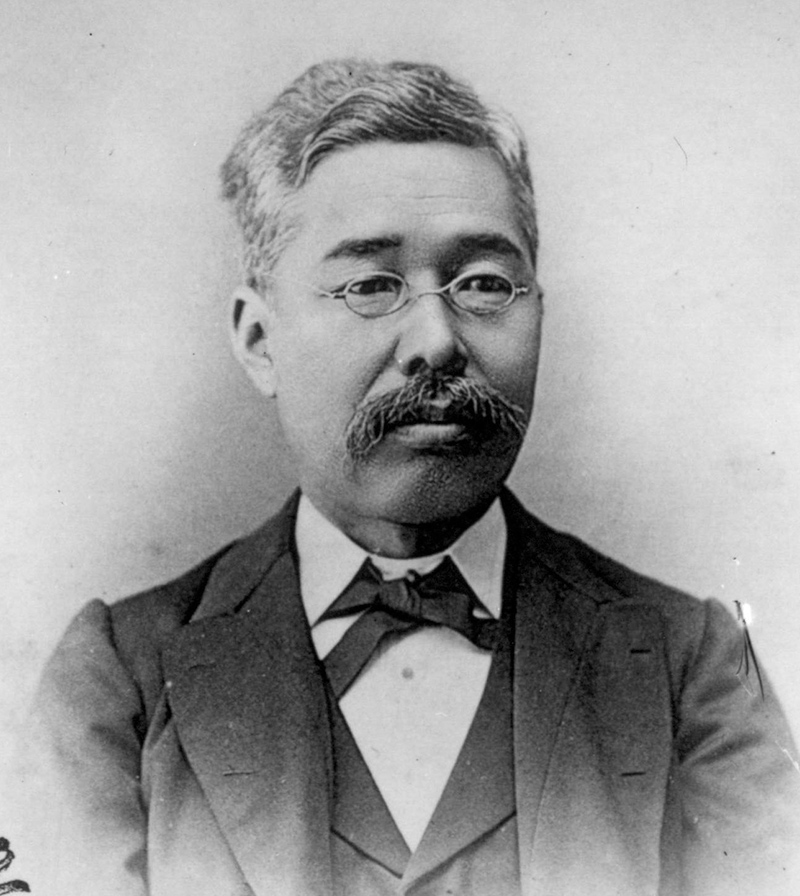
In 1877, Ryokichi Yatabe became the first Professor of Botany at the University of Tokyo. He went to the USA in 1871 and graduated from Cornell University. In 1890, he published "A Few Words of Explanation to European Botanists" in the Botanical Magazine, declaring his intention to have Japanese botanists name new plant species themselves. Shortly thereafter, he published Kirengeshoma palmata Yatabe as a new species of a new genus. He also served as the head of the Science College, but became unemployed in 1891.
Keisuke Ito

Keisuke Ito became a professor at The University of Tokyo when it was founded in 1877, but he was already 75 years old. He had a close relationship with Philipp Franz von Siebold and wrote "Taisei Honzo Meiso" (Book of Western Botanical Nomenclature), which introduced the Linnaean taxonomy. He worked on plant identification in the Botanical Garden and compiled the "Catalogue of Plants in the Koishikawa Botanical Garden," the first official publication of The University of Tokyo, and the "Illustrated Plants in the Koishikawa Botanical Garden, The University of Tokyo". He retired in 1896 at the age of 83.
Jinzo Matsumura

Jinzo Matsumura worked as an assistant to Professor Yatabe and became a Professor of Botany after Yatabe retired. He studied plant anatomy in Germany and contributed to the modernization of Japanese botany by compiling the "Catalogue of Plants in Japan”. He became the first director of the Botanical Garden. He described the Somei-yoshino cherry (Prunus yedoensis Matsumutra) from a specimen collected from one of the trees in the Garden.
Tomitaro Makino
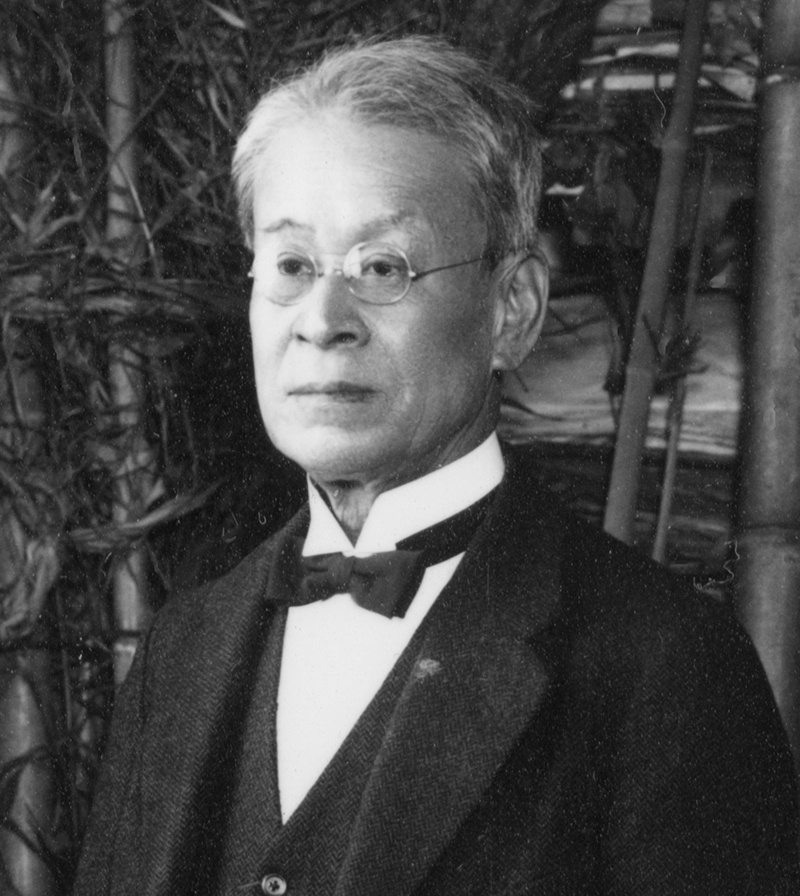
A leading researcher who promoted the clarification of the flora of Japan, he is widely known for his "Makino's Illustrated Guide to the Plants of Japan”. He was allowed to enter the Botany Department by Professor Yatabe, and although he was suspended from the department several times, he became an assistant professor and then a lecturer at The University of Tokyo, serving until 1939, when he was 77 years old. He was awarded the Order of Culture after his death.
Sakugoro Hirase
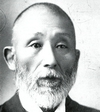
Sakugoro Hirase worked in the Botany Department first as a botanical illustrator and later as an assistant professor, but his tenure lasted only ten years. Using a large ginkgo tree in the Botanical Garden for his research, he made the world-famous discovery of ginkgo sperm in 1896.
Seiichiro Ikeno
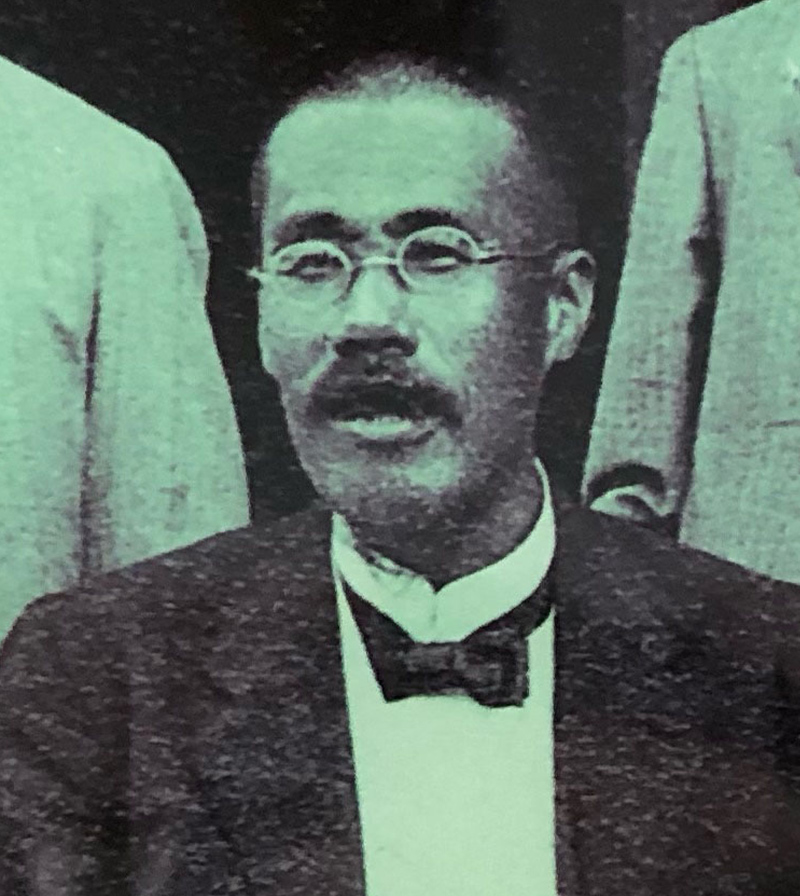
An early graduate of the Botany Department, he made his discovery of cycad sperm in 1896. At the time, he was an associate professor in the College of Agricultural Sciences.
Manabu Miyoshi
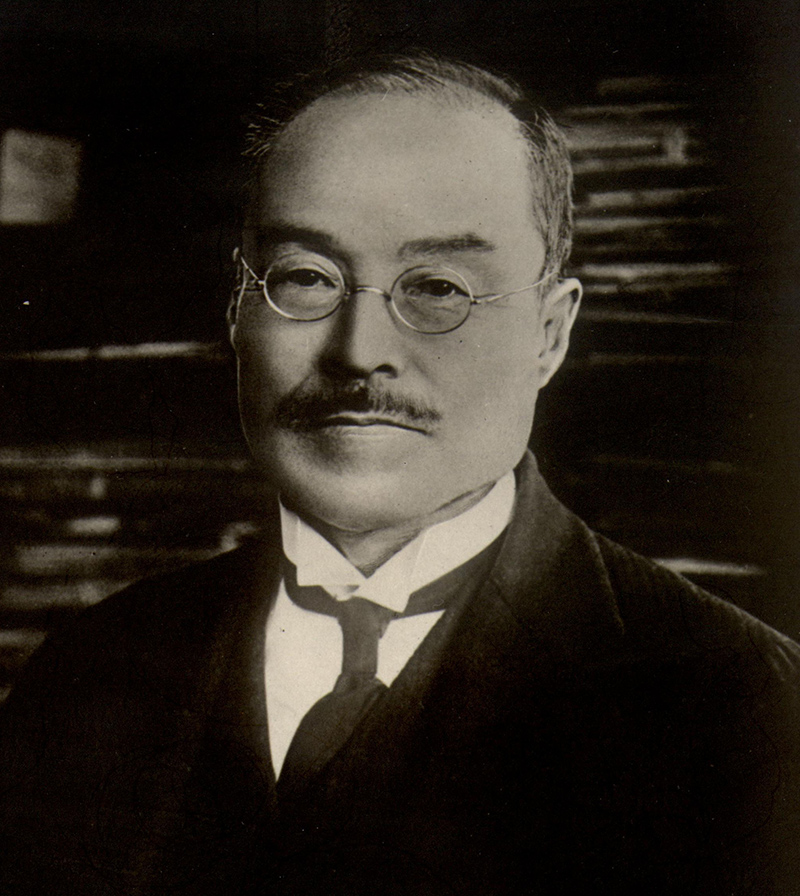
While in graduate school, he studied in the laboratory of Professor Wilhelm Pfeffer (University of Leipzig, Germany), the founder of modern plant physiology. After returning to Japan, he became the first professor of the Second Course (Plant Physiology) and laid the foundation for plant physiology and biochemistry in Japan. He also served as the second director of the Botanical Garden. Mendel's grapevine was introduced in 1914 by Professor Miyoshi from Brno, Austria-Hungary.
Bunzo Hayata
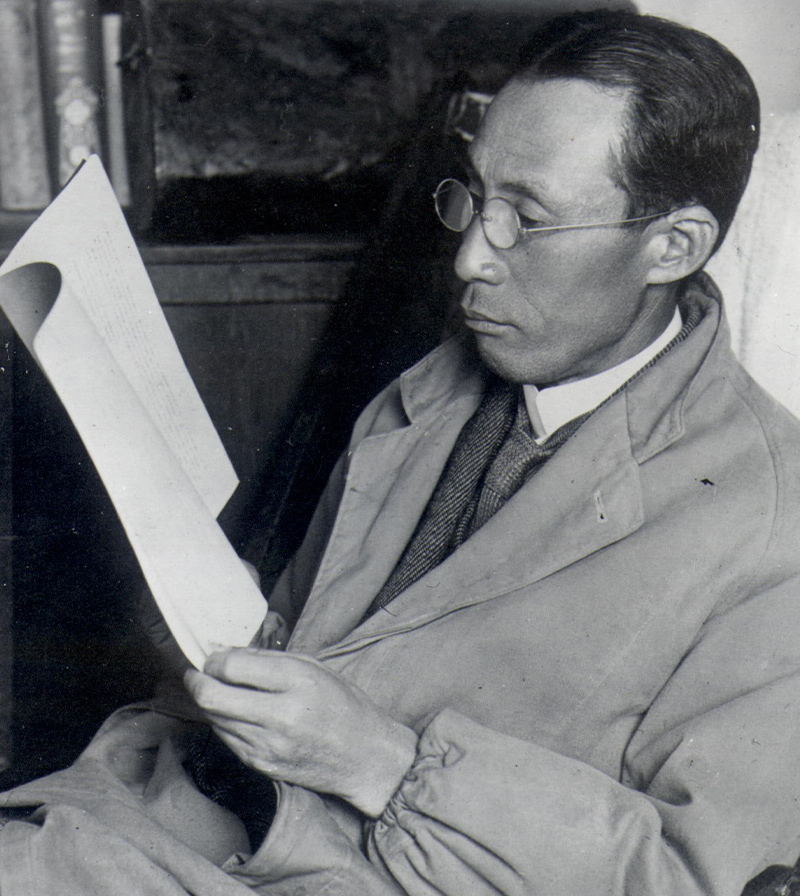
He contributed greatly to the elucidation of the flora of Taiwan. He was also the founder of the dynamic classification theory, the importance of which is now being re-evaluated because of its implications for modern systematics. He died relatively early due to illness. He was the third director of the Botanical Garden.
Takenoshin Nakai
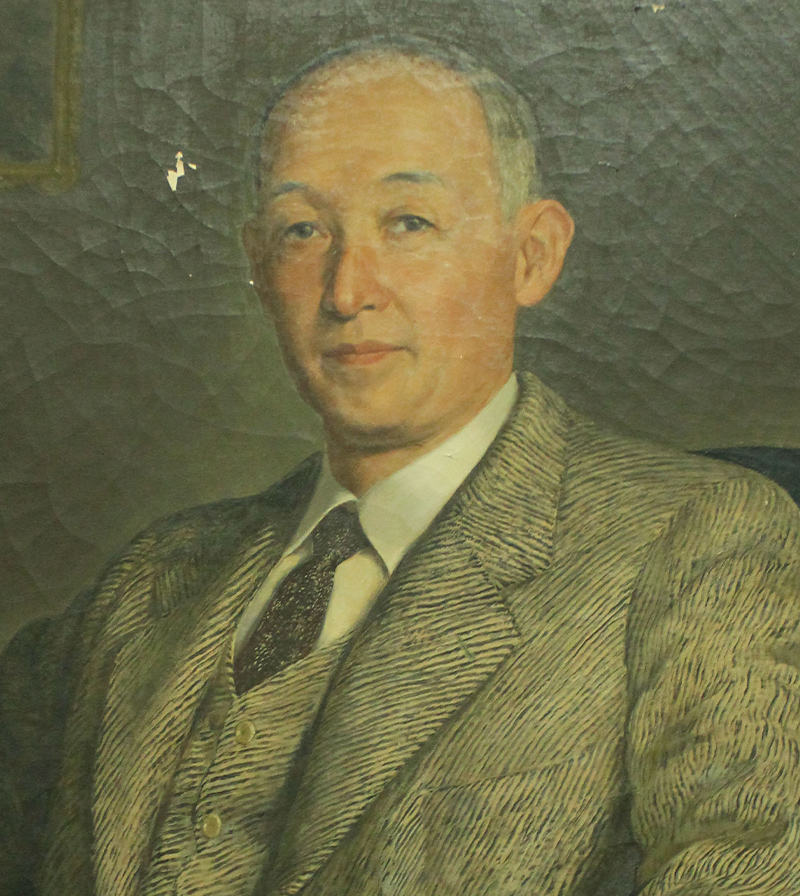
Takenoshin Nakai contributed to the elucidation of the flora of Asia in general, including research on the flora of the Korean peninsula. He succeeded Bunzo Hayata as the fourth director of the Botanical Garden. During the war, he served as director of the Botanical Garden in Buitenzorg, Java (now Bogor, Indonesia), and after returning to Japan, he served as director of the National Science Museum.










